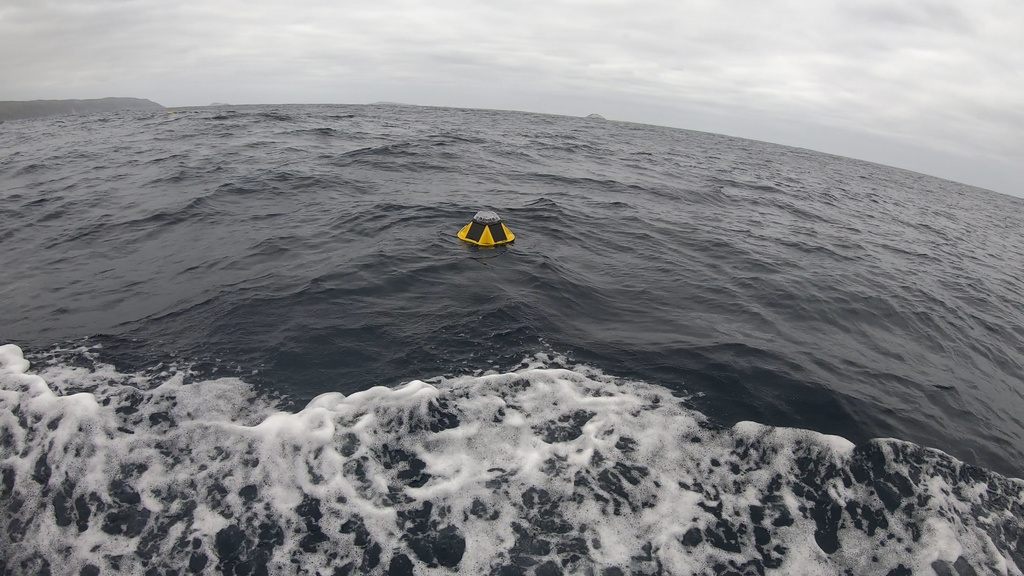The IMOS New Technology Proving Facility represents a significant and exciting new opportunity for the IMOS community.
The IMOS New Technology Proving Facility has a focus on increasing efficiency, effectiveness and expansiveness of current ocean observing platforms currently used by IMOS.
The first three successfully funded New Technology sub-Facilities are:
- Low cost wave buoy technology
- Wind speed and direction extension
- Profiling moorings evaluation
In the first of three news items introducing our new sub-Facilities we are looking at:
Low cost wave buoy technology
The Low-Cost Wave Buoy Technology sub-Facility, led by Professor Ryan Lowe from the University of Western Australia, will seek to test and develop methods of integrating this low-cost technology within in situ observation networks.
The sub-Facility will focus primarily on Spotter Wave Buoys, developed by Sofar Ocean Technologies. These wave buoys are significantly less expensive than conventional wave buoys, are smaller in size and easier to deploy.
Low Cost Wave Buoy Technology sub-Facility aims to assess the performance of Spotter wave buoys over a wide range of oceanic conditions, assess mooring designs, and determine their reliability for long-term deployments compared to conventional wave buoys.
Through an international collaboration between wave researchers and industry (technology developers/providers), this project will represent a critical step in researching the capability and robustness of this emerging wave measurement technology into operational capability while accelerating the wide-spread uptake of the technology for research and operational use – both within IMOS and internationally.
The sub-Facility will include world-leading researchers and technicians from the University of Western Australia (UWA), University of Melbourne, Deakin University, CSIRO, the Australian Institute of Marine Science (AIMS), and Sofar Ocean Technologies.
Three sites have been chosen to test this technology; the first site is in Albany in Western Australia, the second in Victorian coastal waters, and the third will be based off northern Australia, co-located with a new IMOS wave buoy to be deployed by AIMS.
There is substantial demand for wave observations throughout Australia, given the importance for research, marine industries, government agencies and service providers.
Historically in situ measurement of waves has been mostly conducted by State Government agencies and industry. Industry data has not generally been publicly available, and whilst the State Government data has been available it has been concentrated in relatively shallow coastal waters.
The new IMOS investment in low cost wave buoys has the potential to fill a significant gap in offshore wave measurements. This sub-Facility aims to develop confidence in lower cost wave buoy technology, with the potential to dramatically expand the number of sites where waves can be measured.
